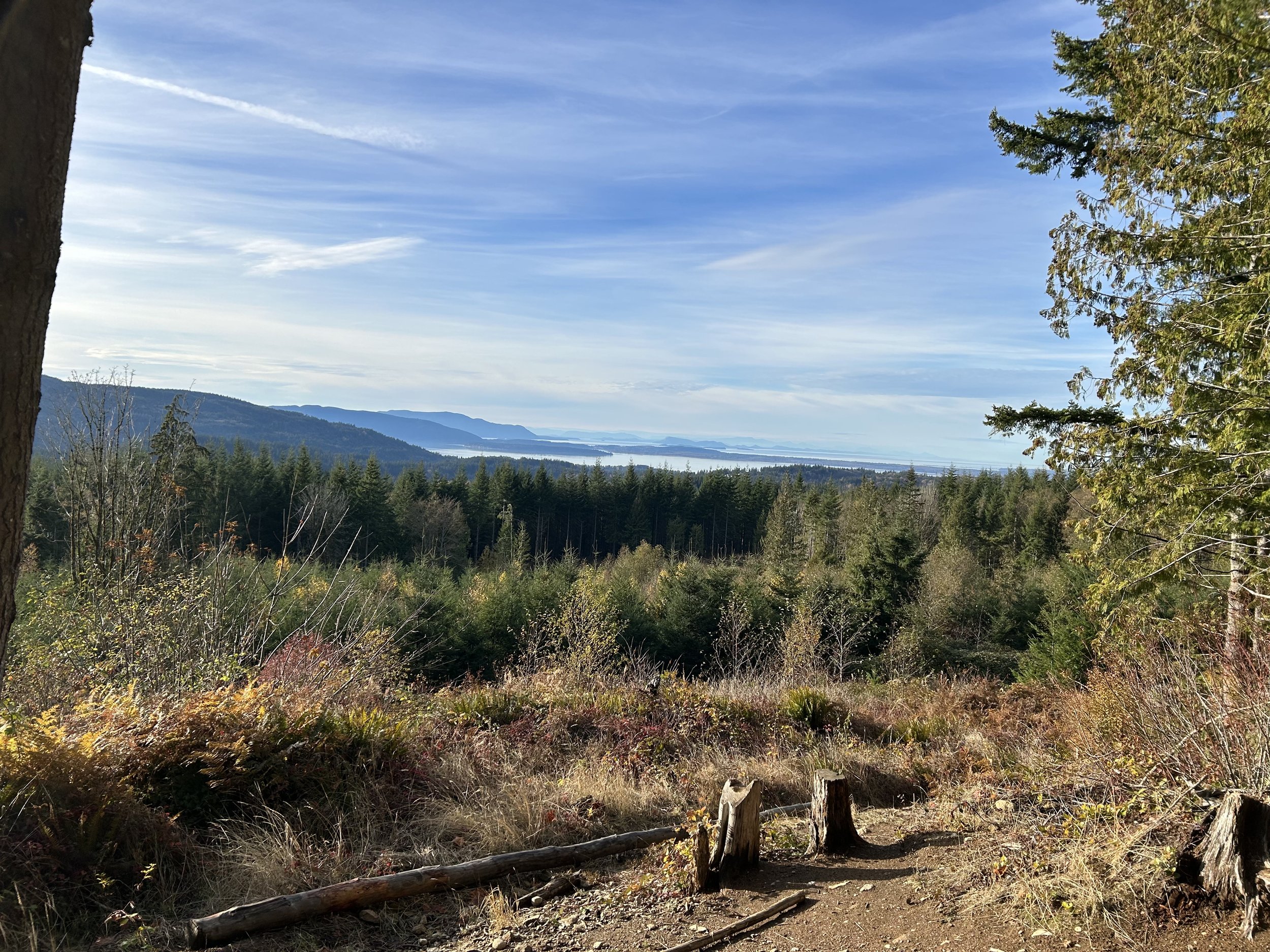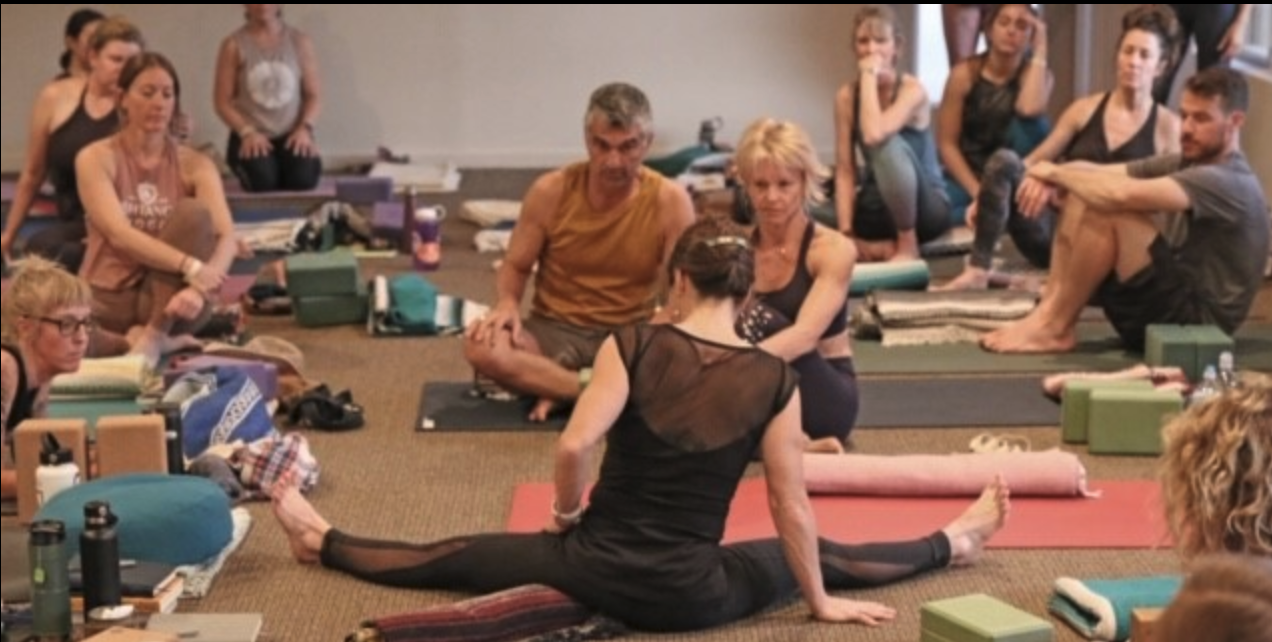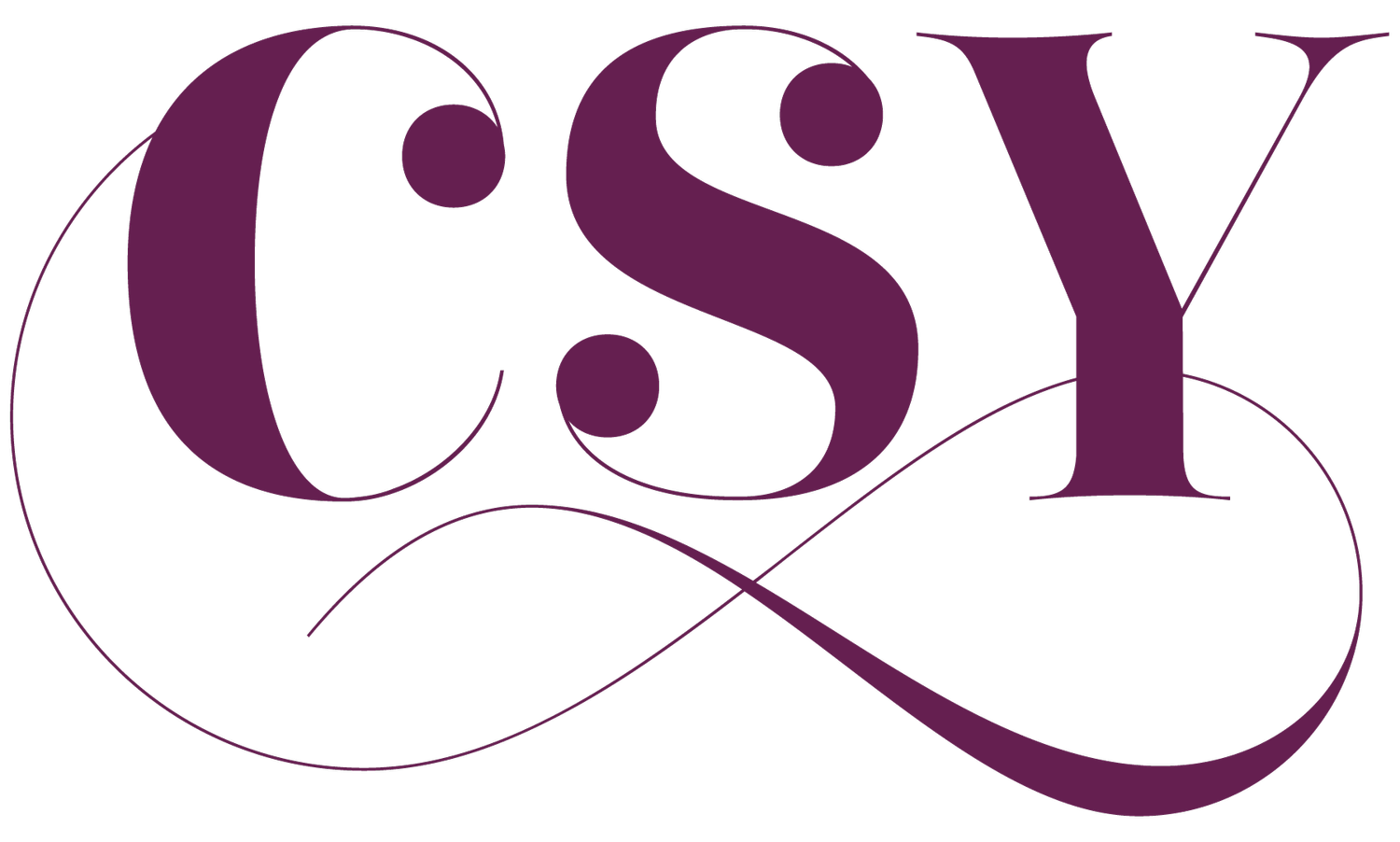Christina’s Blog
Never Miss a Post
Subscribe to receive updates and notifications on new blog posts.
Learning is Not Linear
The thing is, we all start somewhere. And even the best of educations occur slowly over time and are both limited and liberated by factors too numerous to name. My own understanding of alignment, good movement principles, and what is safe and unsafe continues to change and be refined by personal, professional, and collegial experiences.

The Divine Path of Growing Older
Growing Older has softened some of my hard-edged rigidites about what constitutes good studentship and teaching. I care a whole lot less about strict rules, protocols, and other people’s reasons for practice than I did when I was first starting out. I know a whole lot less about what other people should or shouldn’t do than I did when I was younger.

From Grow Lights to God
But I don’t want my alignment in yoga like that either — dogmatic, threatening, or magical. I want to avail myself of what is helpful, useful, and loving. I want space to explore, to/ know and not know, to ask questions, to get help, to come to my own conclusions and still belong.

Love Lives
In terms of spiritual life, I don’t think expectancy is the same as expectations, be those expectations positive thoughts or visions of impending doom. I think expectancy has something to do with honoring the seasons of gestation — of the winters in life that, for all of their busy-ness and outer demands, are often marked by ennui, not-knowing, and waiting.

Updates and Reflections
More important than training a “way” to teach or providing a set guideline of “what” to teach, is having an ongoing interest in what’s going well, what could be shored up a bit, what feels real to me as I present it, what lands well with my students, and so on.

No One Does it For You & You Don't Do it Alone
All these years later, in a time where, for many of us, yoga community exists online more than in a shared physical space, and after many permutations of loss in my life — some of my own choosing and some as a result of other people’s choices — this reflection strikes me as a great reminder of interconnection and how, while no one lives our lives for us or does the yoga for us, and we do not do it alone.

Love Matters
When the uprising of existential dread, fear, concern, heartbreak, and uneasy uncertainty arrives on the doorstep of my well-being, I chant. Unabashedly. Loudly. Awkwardly. Shamelessly. And when shame arrives as it so often does to spoil a mood, I chant in the presence of shame.

Picky Details in Risky Positions
I am saying that, from what I can tell, none of think we are ruining yoga. I know that I don’t think it is me. Of course, truth be told, I am playing my part. I am white woman earning a living in and through the yoga industrial complex. Maybe I should start calling my classes Stretching in Sanskrit or Consciousness Exercises in Cute Clothes or Picky Details in Risky Positions, instead of yoga. (Just brainstorming here, don’t mind me.)

Christina Sell's Magic Formula for Cues
Cues are little locked messages and are generally insufficient without repetition, explanation, demonstration, self-awareness, and interest applied over time. And, every instruction needs to be balanced within the pose, the person who is practicing the posture, and with a bunch of other instructions.

Head Down, Heart Open
And, perhaps one of the best parts of this mindset is that it helps me break the habit of criticizing and fault finding that had long flavored my perception and actions. Criticism is an easy trap to fall into and I see plenty of it — inside myself and others. And so we are clear, I am not ignoring, or suggesting we ignore, the difficult and harmful truths that have emerged in many yoga communities over the years. I am talking about the habitual stance of finding fault I had fallen into, which is marked by a sort of self-congratulatory disdain.

Stay in Place, Be Fluid
One of the great things of the weekend was being with so many people who have stayed in place in terms of their yoga practice. No one has done anything perfectly, mind you. We all have had challenges complete with long periods of absence from the mat and from our better angels. Staying in place isn’t so much never wavering as it is the continual returning to oneself. Staying in place isn’t being perfect as much as it is the willingness to turn around when we’ve wandered, to heed the small whispers of conscious and when they fail to get our attention, to be willing to be yanked back to our senses, to our selves, and to our communities that sustain and support us.

Love Strengthens
To be clear, I do not always find it easy to be awake and aware. Like anyone, I struggle with intimacy, deep feelings, and living authentically in a world organized by competition, greed, and consumption. Trust doesn’t come easy for me and I have tendencies and behaviors that anesthetize, buffer, and lull me into numbness when living in the world feels overwhelming or just flat-out disappointing. I spend a fair amount of time in the desert, where my solitude is stark, arid, and without much color. And yet, there are no sunsets like those in the desert and, as anyone who has spent time in the southwestern United States knows, that barren landscape is teeming with life, if you know how to recognize it.

Strong is What We Make Each Other
But the paradox is that the strength of group gave me allowed me to be softer, not harder. Strength didn’t look like supreme confidence, having it all together, or knowing all the answers. The strength of the group held something up for me so that the edifices of personality, the contractions caused by my feelings of not-enough-ness in all its guises, could come down. Strength of the group allowed for vulnerability. Trust in the safety of the circle and the long-time connections I had with many of the women, allowed me to feel that sweet strength of spirit that lives in authenticity— whether the authentic moment is joyful, sorrowful, awkward, or delightful.

Physical Strength is Not Physical Only
I know that for all of the possibility inherent in our asana practices and classes, we are, for reasons too numerous to name, dealing with a small patch of snow on the tip of the great iceberg called yoga. And yet, I remain hopeful about how my little patch of snow called asana is linked to something grand, whole, and loving in the same way that my body is only the visible part of the largeness of who I most truly am. I never tire of this reminder, of living a life testing this theory, and of growing into the fullness of this promise. If we are blessed with an interest in physical strength and with a body capable of pursuing it, then I can see no better context for said pursuit than as a means to support, sustain, and empower the journey beyond physical strength-only.
The Sutras on Strength
Our society doesn’t offer robust options for how to be strong in functional ways, no matter how we define the word. How many young children each day are told “be strong, don’t cry,” thereby losing contact with the strength of connection that comes through vulnerability? How many people are so consumed with the directive to “be nice,” that they have no access to the strength of their anger, can’t set boundaries well, and/or no longer know what they truly feel or think? Too many. So, while the struggle you are walking through is not easy, you are not alone. And while the symptoms of the challenges you have been through may have created feelings of isolation and loneliness, as most addictive processes do, you are most certainly in the midst of the shared human experience of claiming an empowered relationship to your strength, unravelling the shadow elements you have internalized, and finding your way to a greater possibility.

Make Your Life Yoga
I am not saying that I live in some inner state of cosmic unity in the midst of life’s tedious chores and upsetting circumstances. I am simply saying that at some point, the division I had set up between what was yoga and what wasn’t, what was spiritual and what wasn’t, got blurrier and a few rather lovely paradoxes emerged. By spending tine making a life beyond yoga, I eventually walked back into that life as yoga. By spending regular time in practices like asana, mantra, and meditation, the mundane surface of life felt more enjoyable for what it was in its glorious simplicity. The outer and the inner became both more distinct and more the same. Love of God began to feel more like Love itself.
Advice to New Teachers: Have Some Friends Who Don’t Do Yoga
No matter how good you get at teaching yoga, people will walk out of your classes, write bad yelp reviews, and gossip about you occasionally. No matter how many mistakes you make, people will love you more than you feel you deserve, come to class when you are not at your best, and occasionally ask you to their weddings, birthday parties, and anniversary celebrations. You may have seasons where you struggle to pay your bills and you need to take an extra job to pay for your teaching habit. You may have seasons where the money you make teaching feels worth the effort and all those hours of training. And, whether it’s an up season or a down season, friends who know you beyond those outer manifestations will help you know yourself and your deepest worth beyond them as well.
Advice to New Teachers: Have a Good Therapist
In fact, I know very few people right now who aren’t feeling a bit beat up by modern life. In a recent conversation with my therapist, I was talking about how nourishing the shorter form classes I was offering seemed to be for people in the face of their fatigue, depression, and anxiety. She said that she had just come from a meeting with some of her colleagues who all reported that their clients were reaching the limits of their capacity for resilience. The relentlessness of our current times is wearing many people down and their self-care strategies are not even as effective as they used to be, if they are even managing to do them at all.
Advice to New Teachers: Own Your Limits
That being said, I am an asana teacher who teaches public classes, workshops, and trainings. That means the scope of what I can contribute is limited by the very nature of the offering. Can asana heal all kinds of pain in the body? Sure. Can that happen in every asana class? Probably not. Is asana therapeutic and psychologically helpful? Sure. Is every yoga class a safe space? Clearly not. Can yoga community provide deep meaningful connections aimed at inclusivity, belonging, and unity? Yes. Is every community functional enough to deliver on that promise so that no one ever feels left out, different, misunderstood, or lonely? Not that I have seen. We can all improve at these tasks, but we will never provide a utopia. Utopias don’t exist and relinquishing the fantasy of utopia is a key feature of maturity.
On a practical level, this means making peace with the small bit we can do in the face of the ever-growing reality of what we can not do
Advice to New Teachers: Help People
It might be the help you have to offer isn’t “improving poses” as much as creating safe space. You might not be the teacher who knows all the origins and insertions of the muscles, but the poetry with which you teach conveys the inner experience of the posture in a way that invites people beneath the muscles and closer to the bone. You might not know yoga philosophy, but your love of the breath-based movement helps students understand what it means to be live inside the Spirit as it flows through them and through the shared experience of class. I could go on, but the point is, not everyone has the same help to offer, which is great because not everybody needs the same help at any given time.



